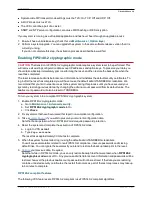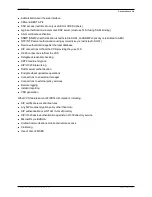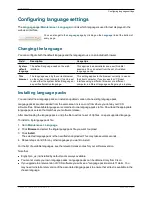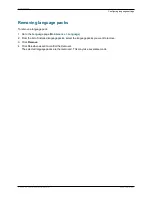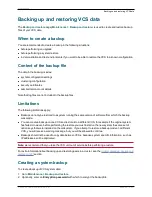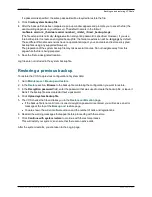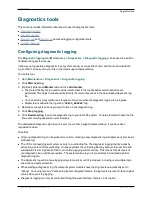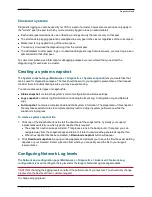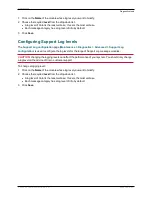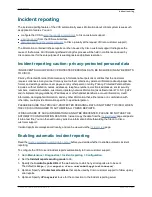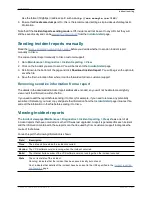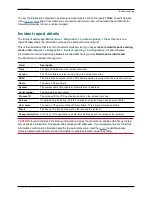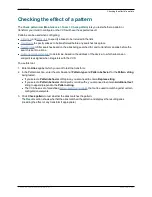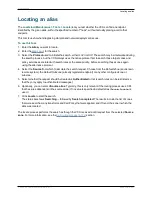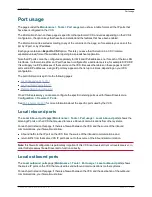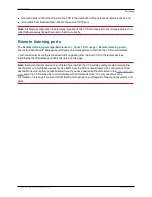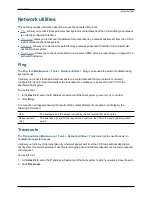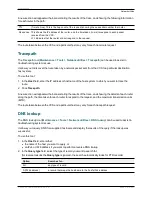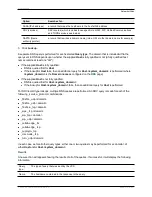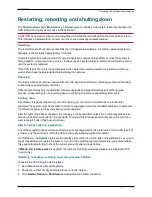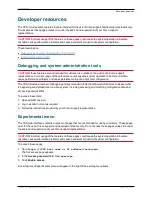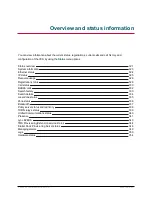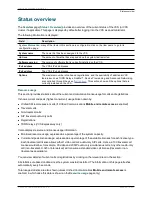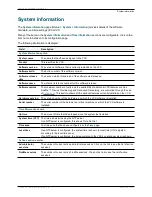
Port usage
The pages under the
Maintenance > Tools > Port usage
menu show, in table format, all the IP ports that
have been configured on the VCS.
The information shown on these pages is specific to that particular VCS and varies depending on the VCS's
configuration, the option keys that have been installed and the features that have been enabled.
The information can be sorted according to any of the columns on the page, so for example you can sort the
list by IP port, or by IP address.
Each page contains an
Export to CSV
option. This lets you save the information in a CSV (comma
separated values) format file suitable for opening in a spreadsheet application.
Note that IP ports cannot be configured separately for IPv4 and IPv6 addresses, nor for each of the two LAN
interfaces. In other words, after an IP port has been configured for a particular service, for example SIP UDP,
this will apply to all IP addresses of that service on the VCS. Because the tables on these pages list all IP
ports and all IP addresses, a single IP port may appear on the list up to 4 times, depending on your VCS
configuration.
The port information is split into the following pages:
n
Local inbound ports [p.311]
n
Local outbound ports [p.311]
n
Remote listening ports [p.312]
On a VCS Expressway you can also configure the specific listening ports used for firewall traversal via
Configuration > Traversal > Ports
.
See
Port reference [p.391]
for more information about the specific ports used by the VCS.
Local inbound ports
The
Local inbound ports
page (
Maintenance > Tools > Port usage > Local inbound ports
) shows the
listening IP ports on the VCS that are used to receive inbound communications from other systems.
For each port listed on this page, if there is a firewall between the VCS and the source of the inbound
communications, your firewall must allow:
n
inbound traffic to the IP port on the VCS from the source of the inbound communications, and
n
return traffic from that same VCS IP port back out to the source of the inbound communication.
Note:
this firewall configuration is particularly important if this VCS is a traversal client or traversal server, in
order for Expressway firewall traversal to function correctly.
Local outbound ports
The
Local outbound ports
page (
Maintenance > Tools > Port usage > Local outbound ports
) shows
the source IP ports on the VCS that are used to send outbound communications to other systems.
For each port listed on this page, if there is a firewall between the VCS and the destination of the outbound
communications, your firewall must allow:
Cisco VCS Administrator Guide (X8.1.1)
Page 311 of 507
Maintenance
Port usage

